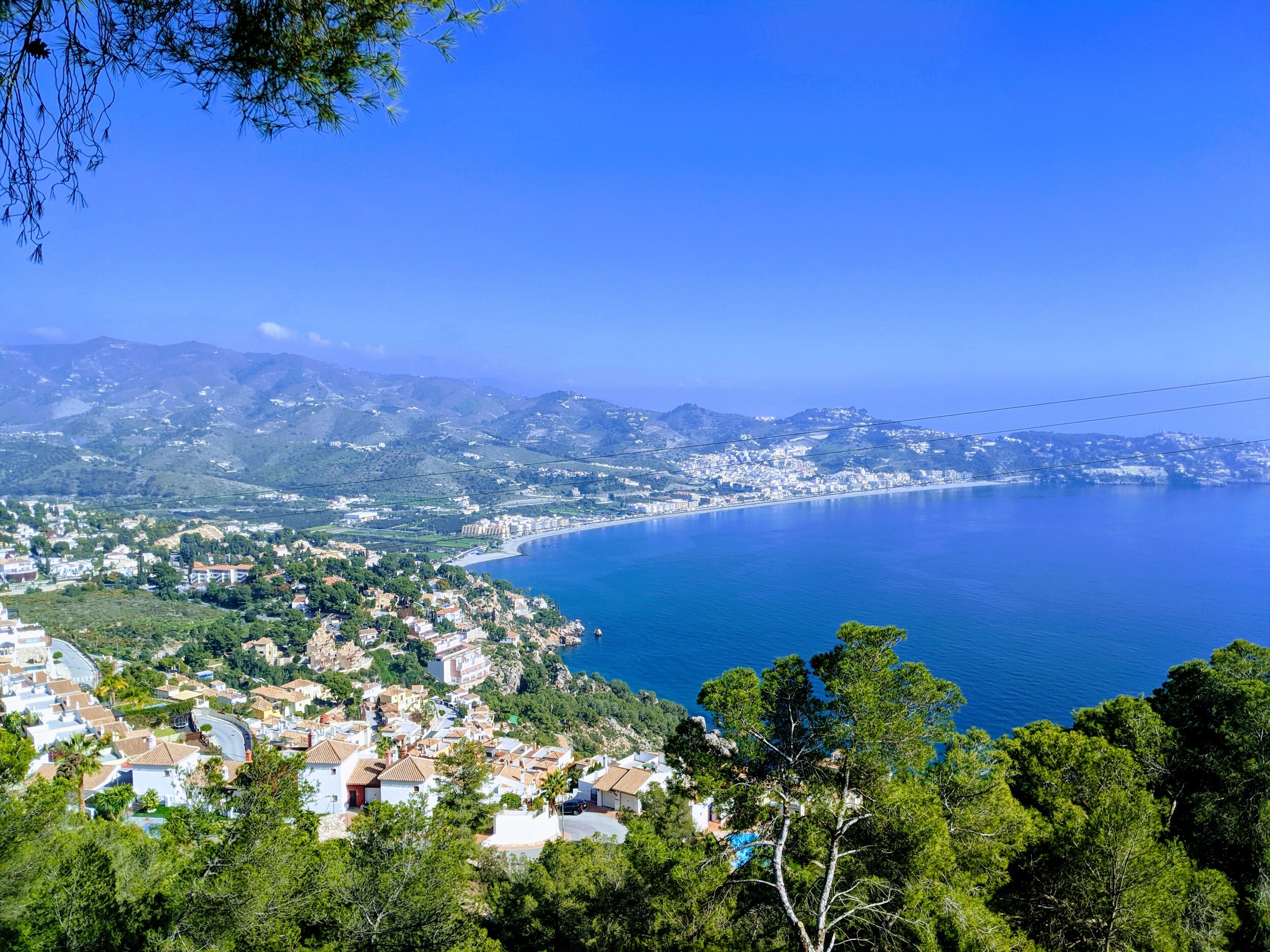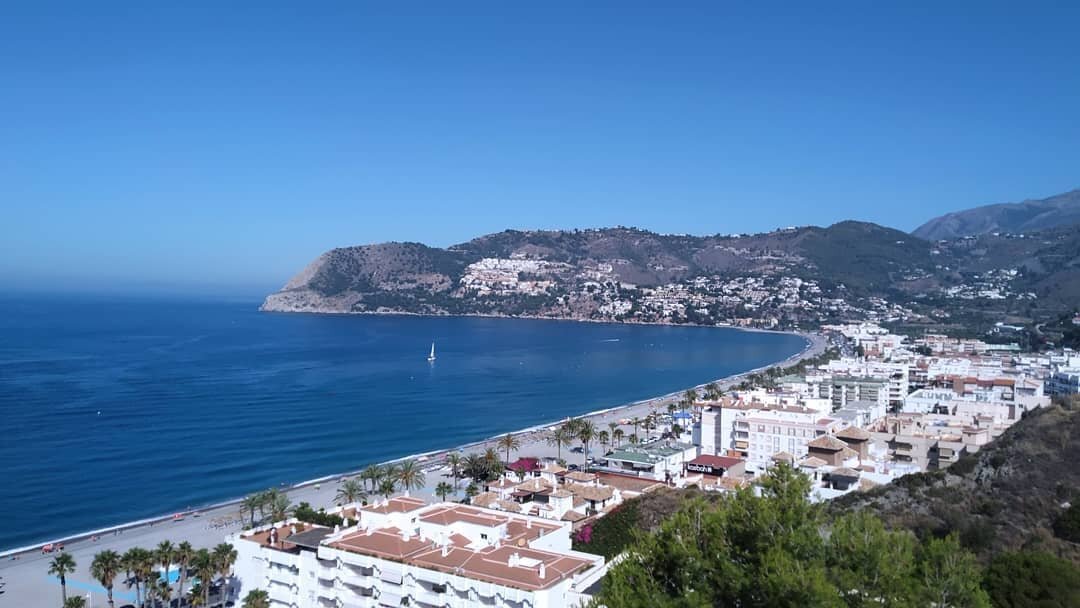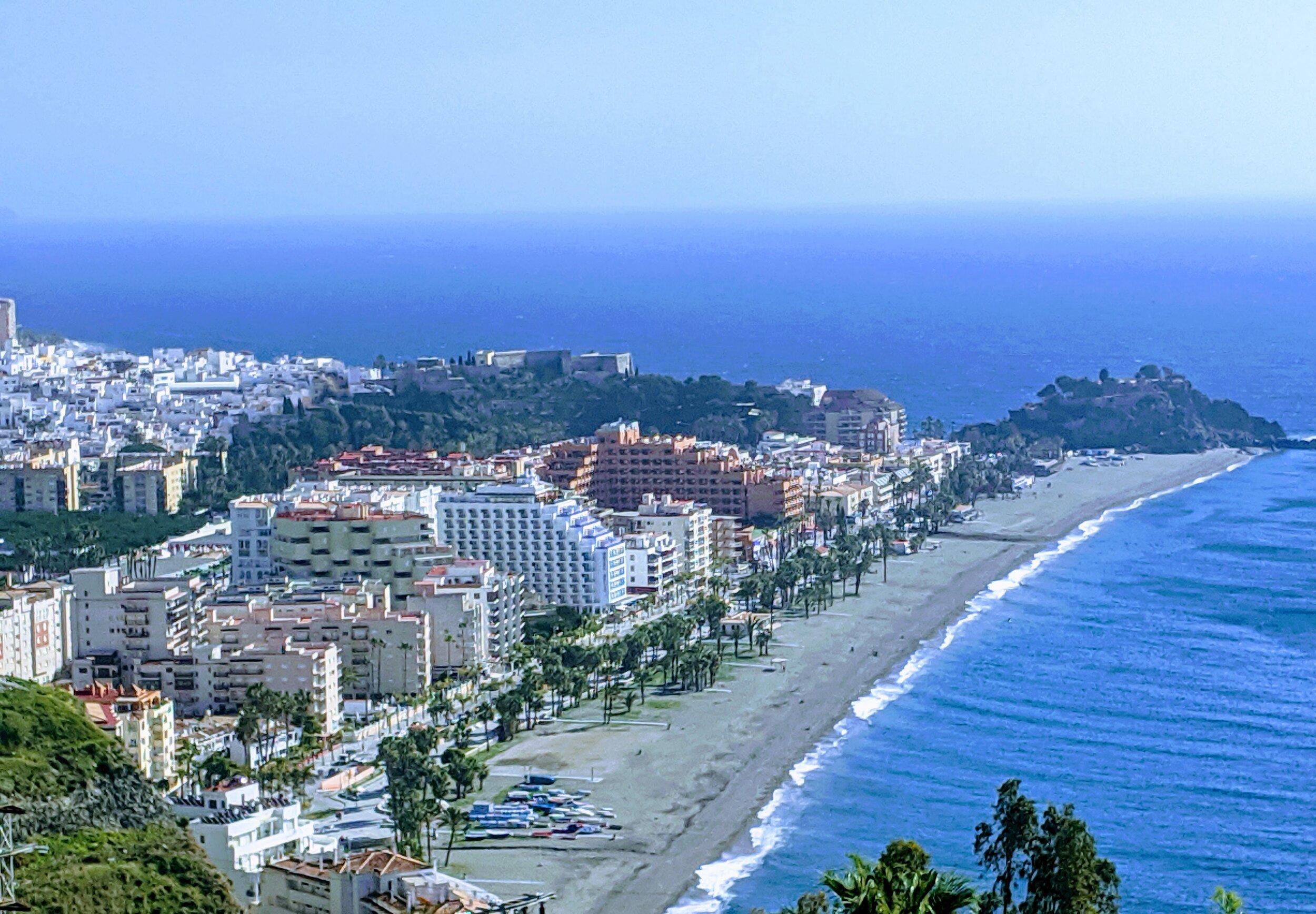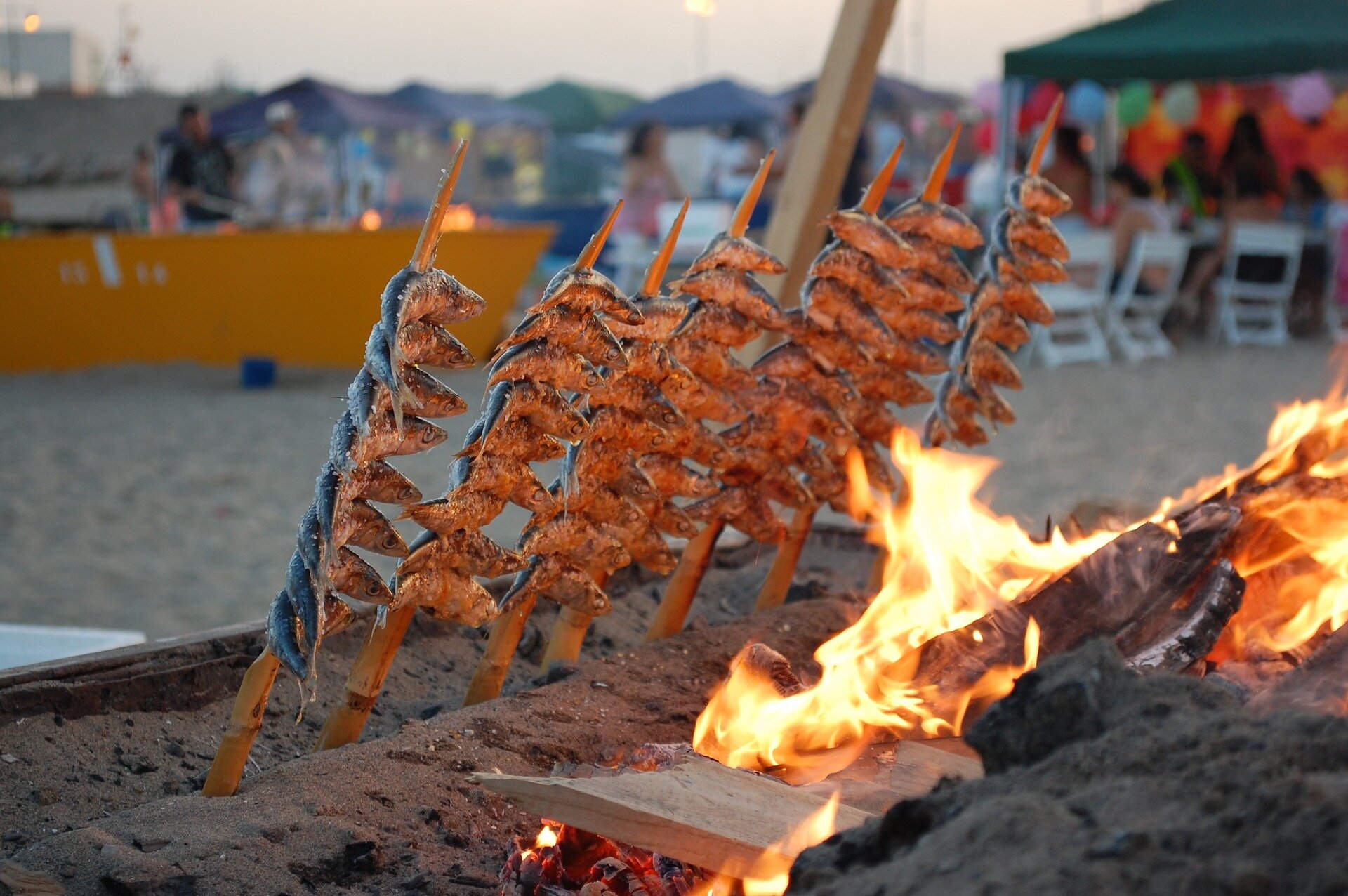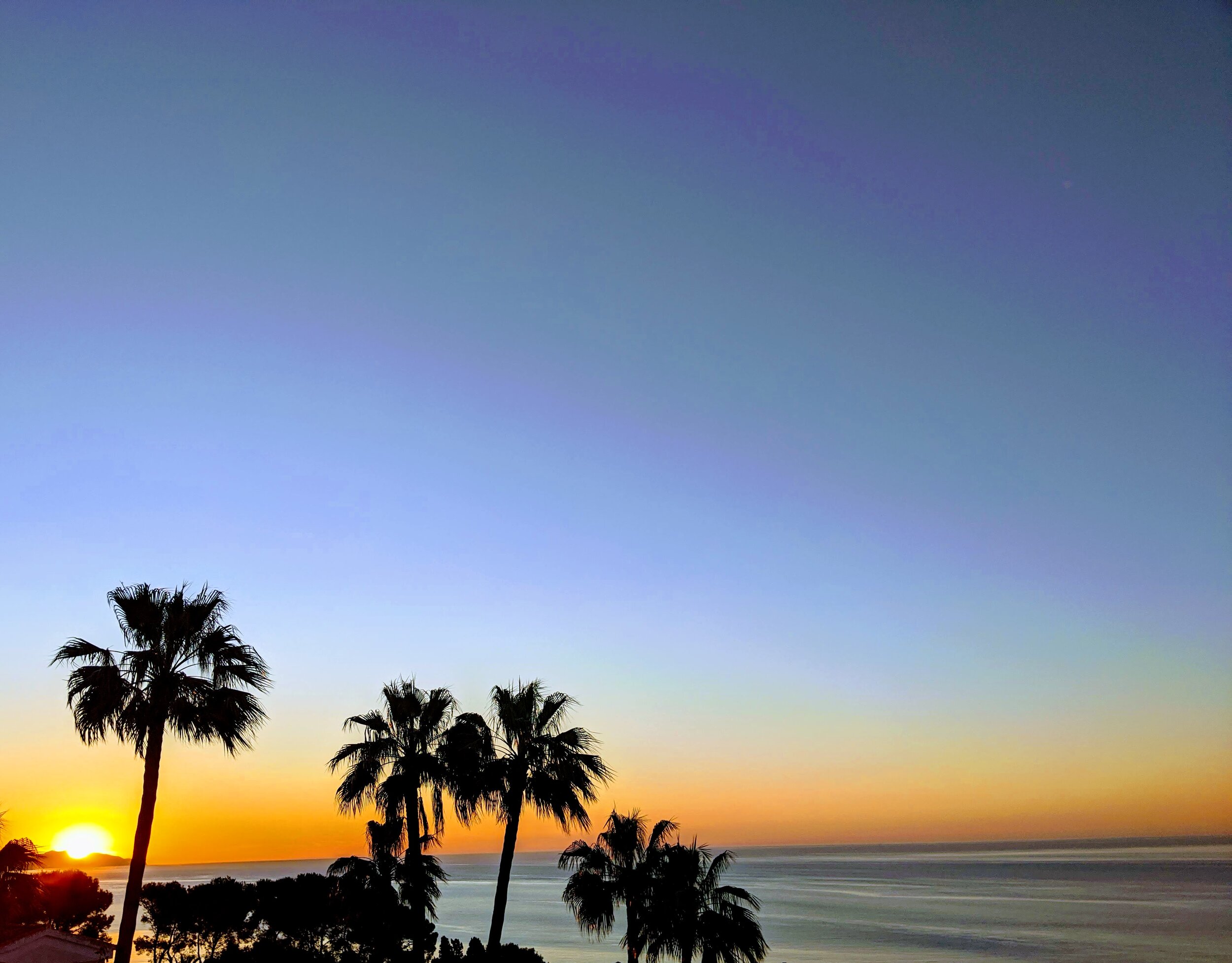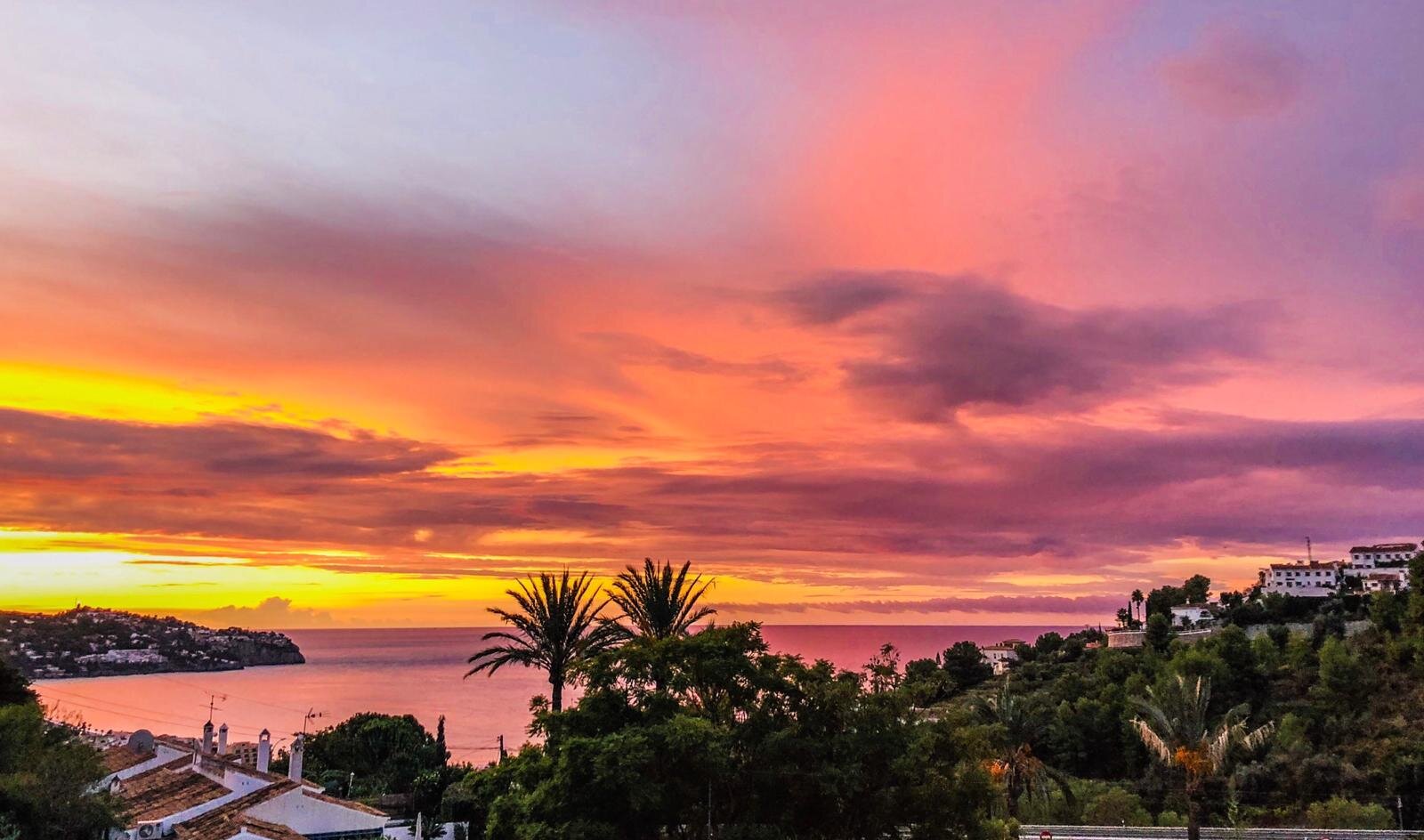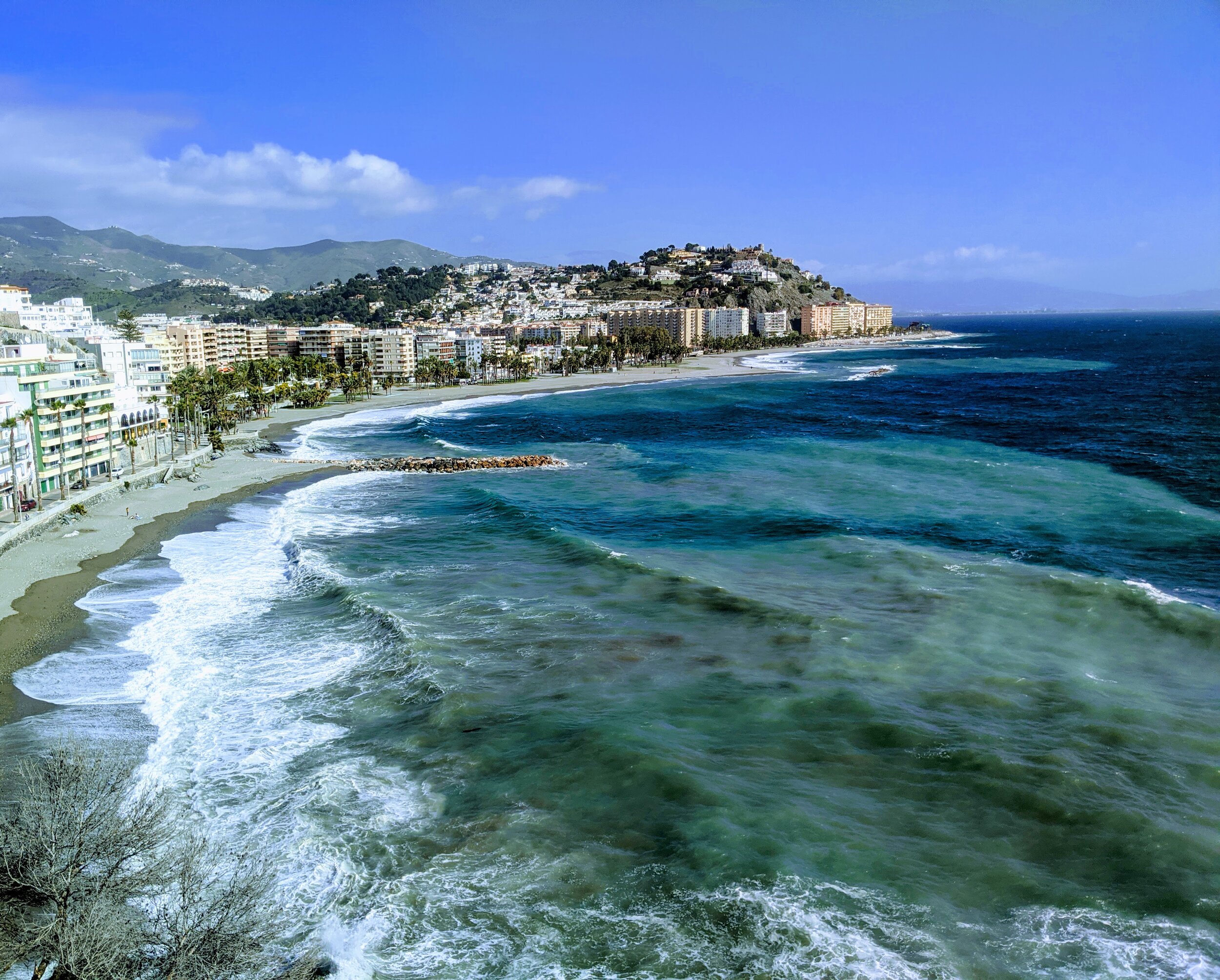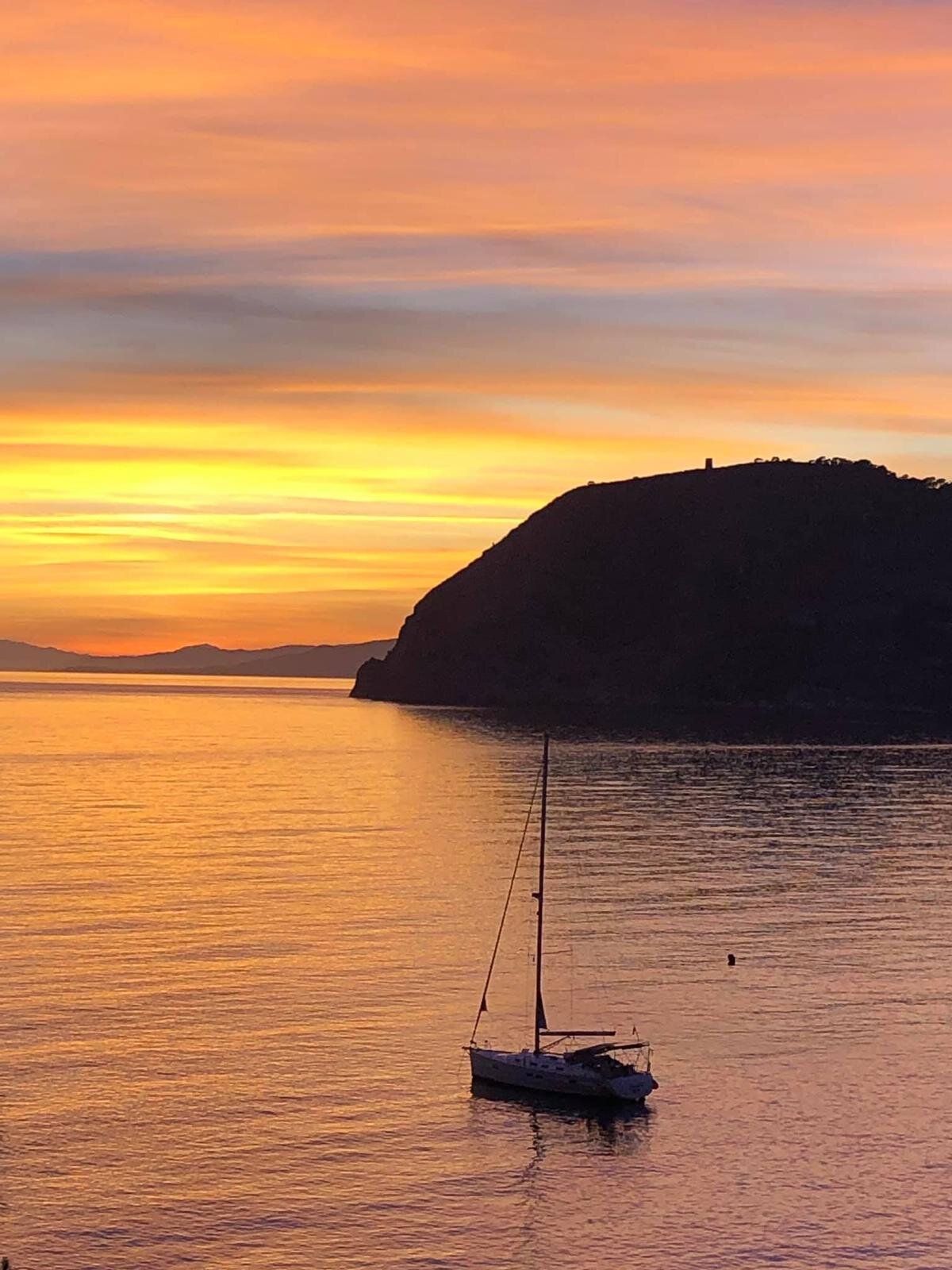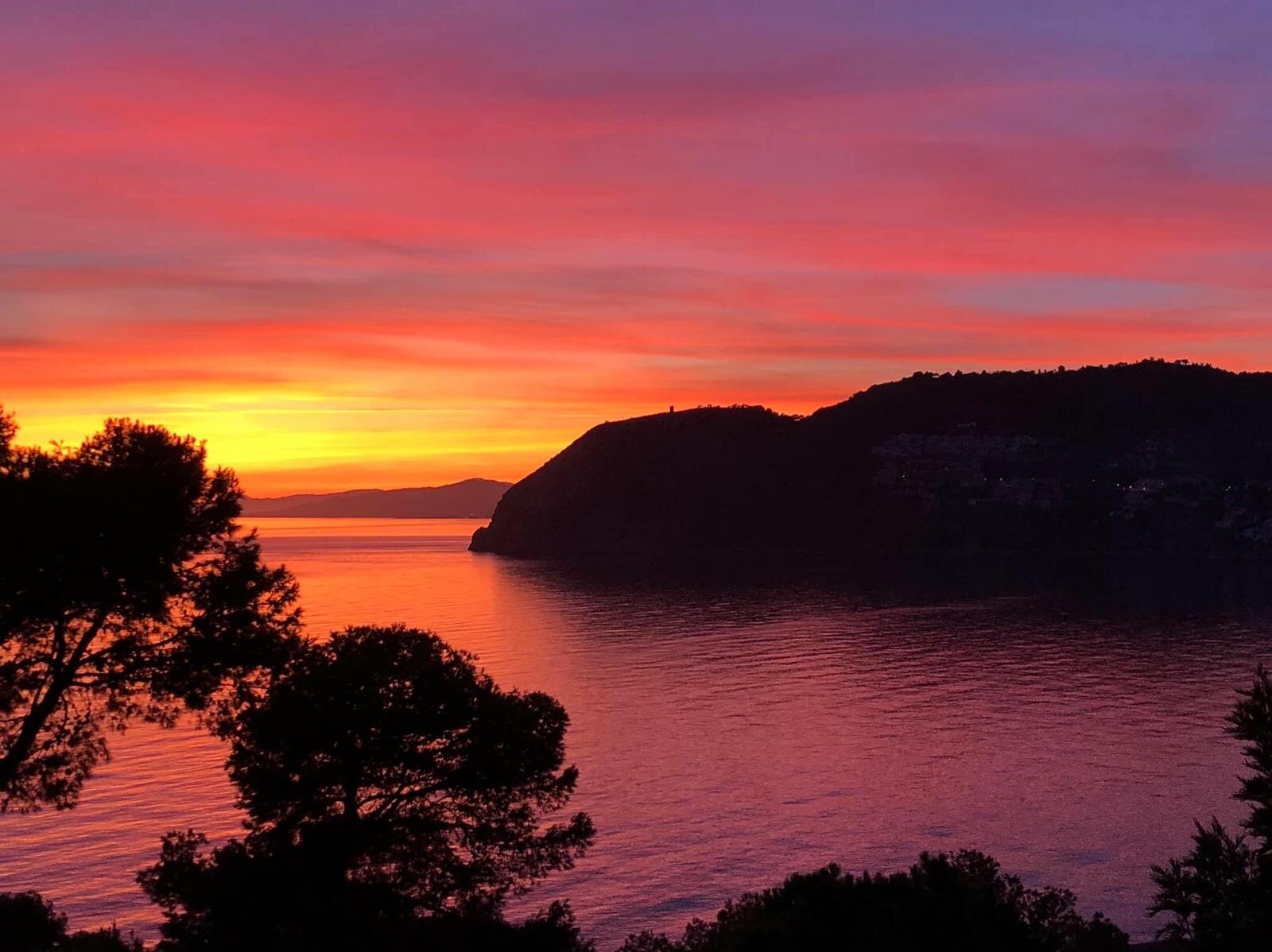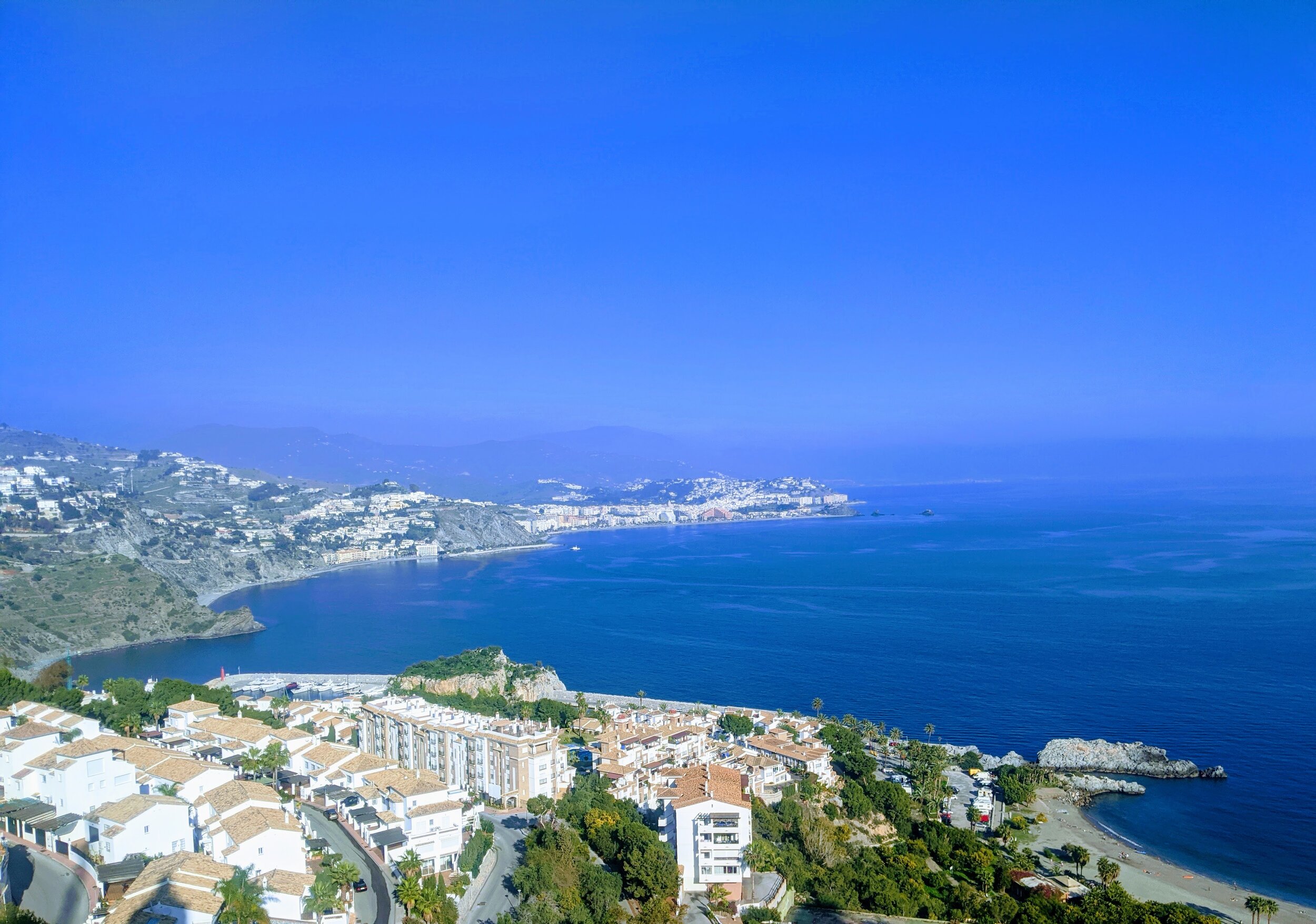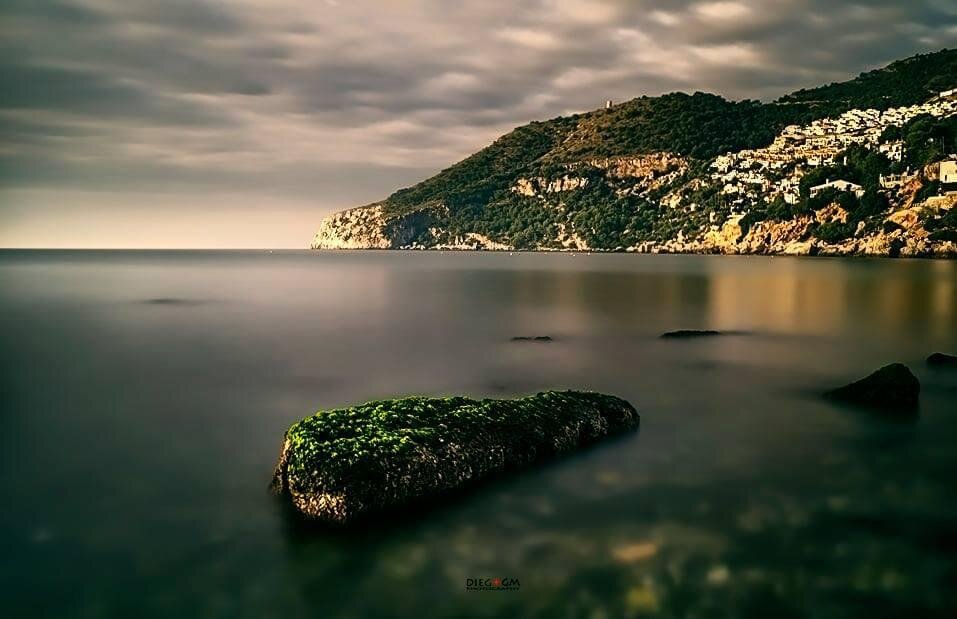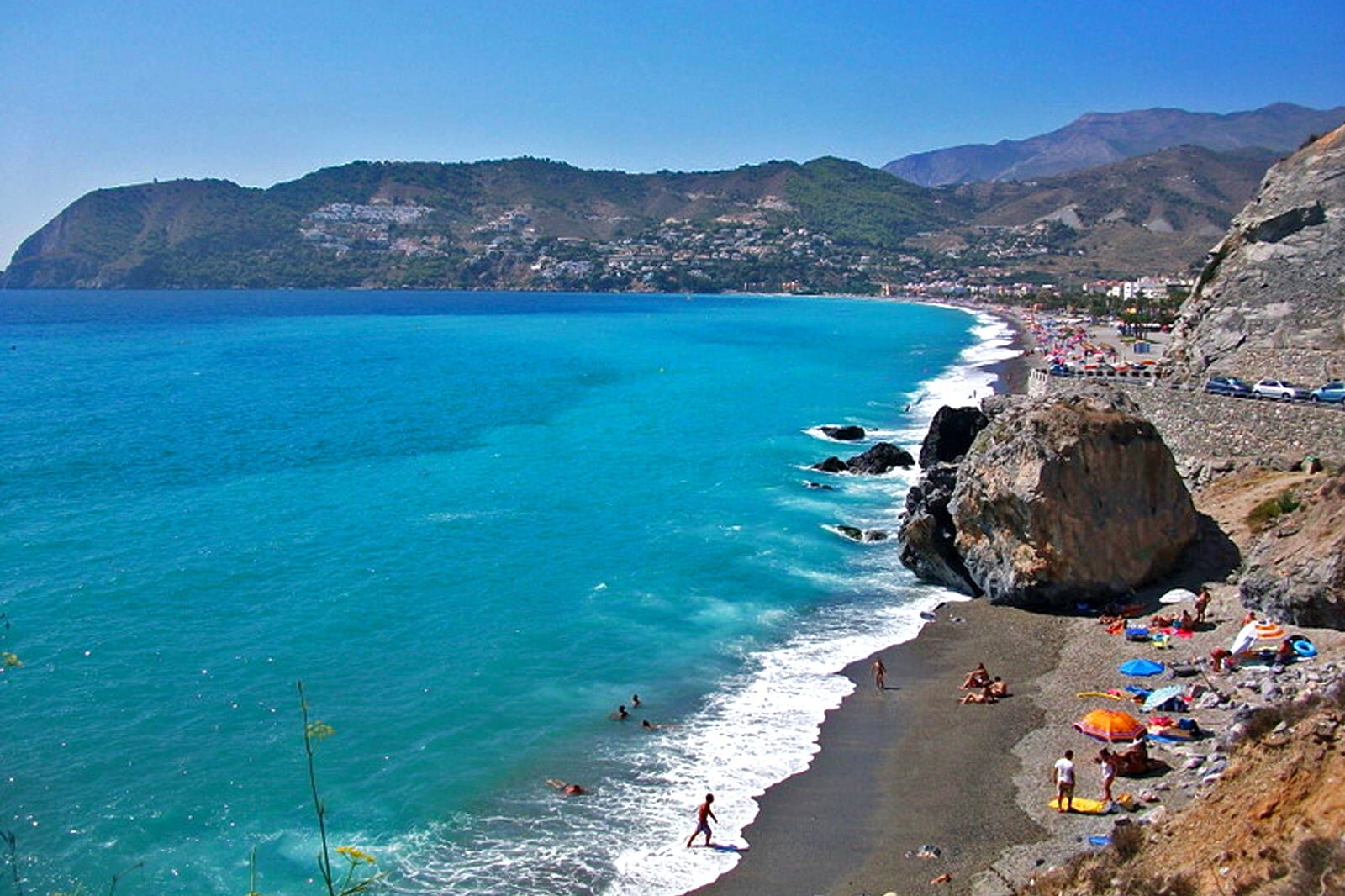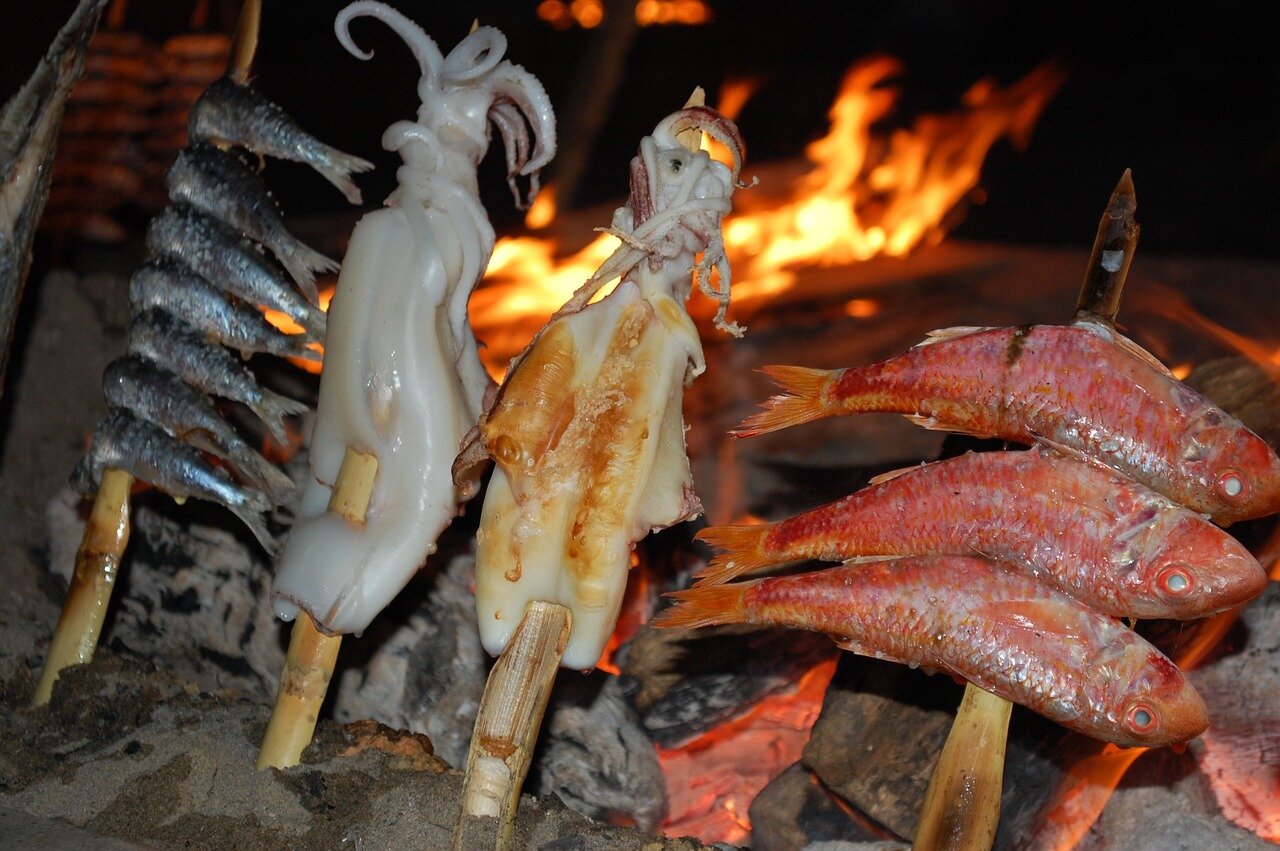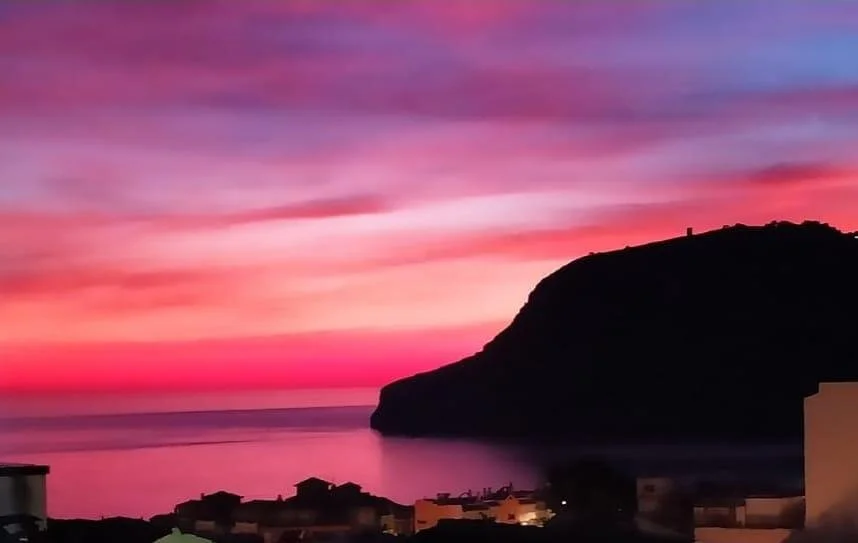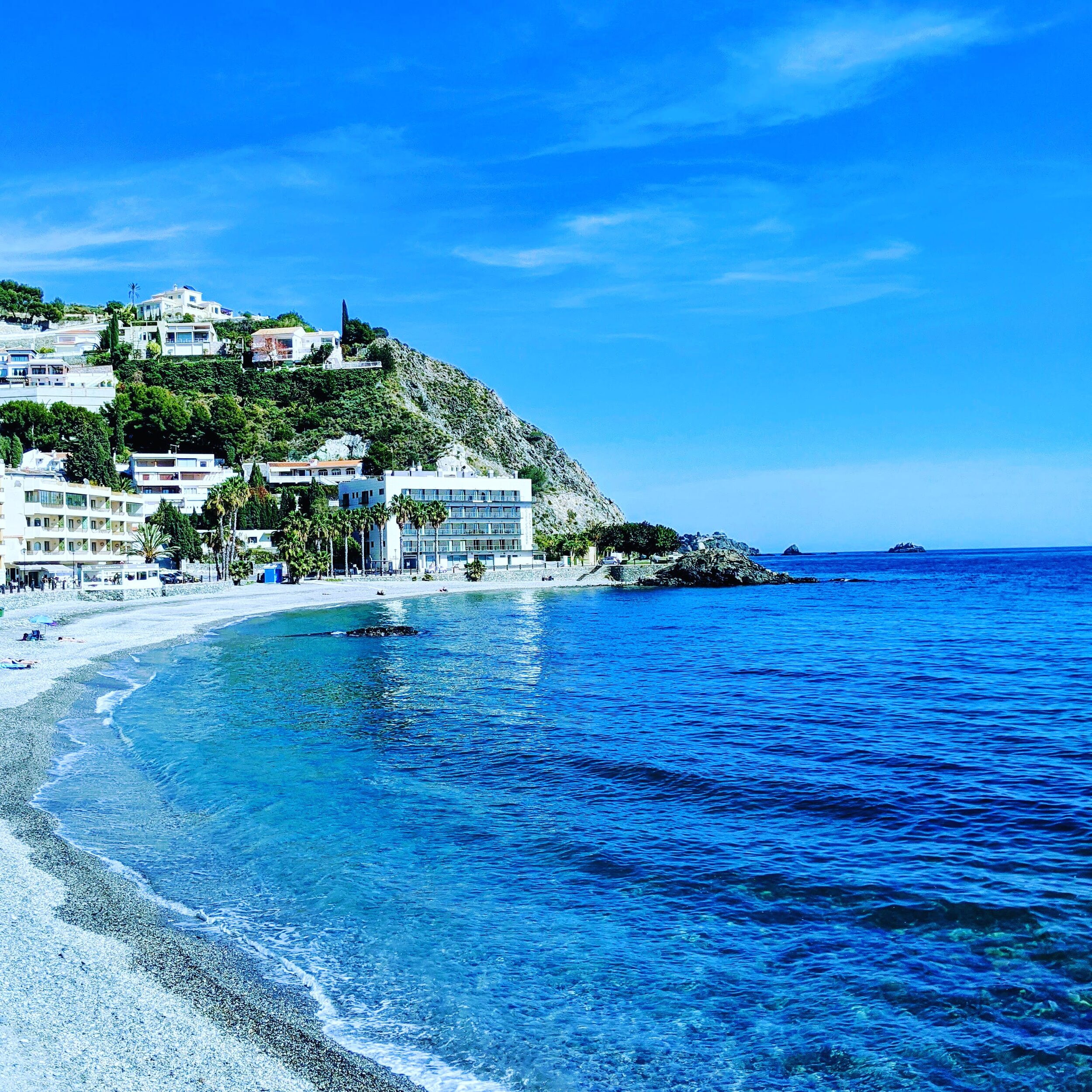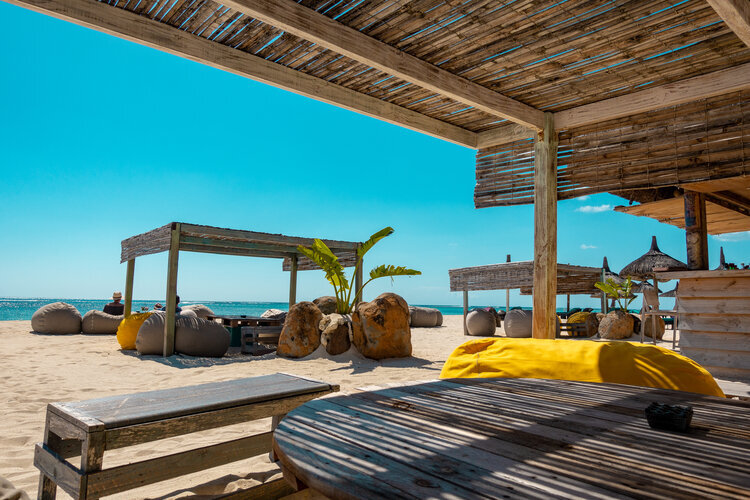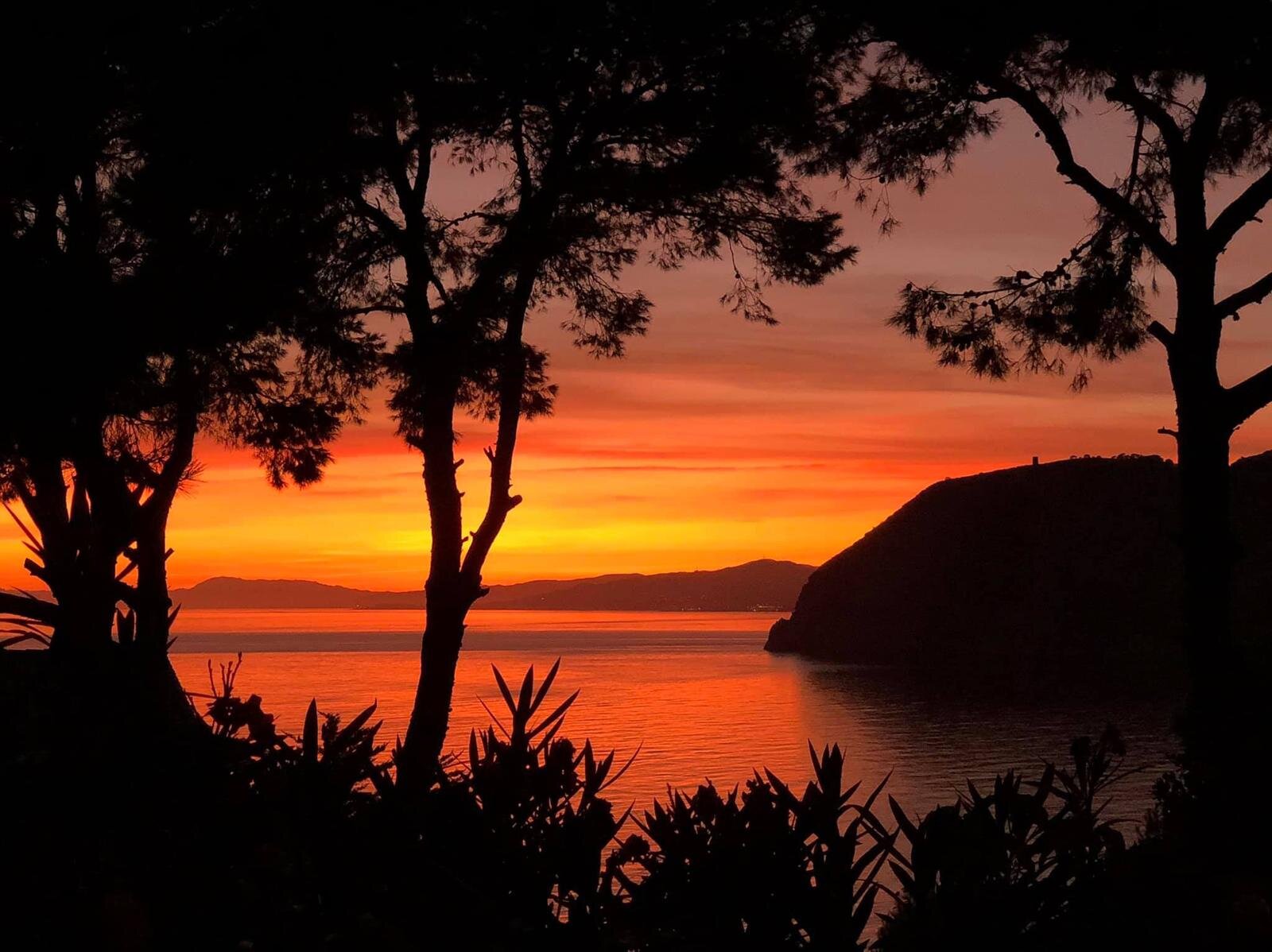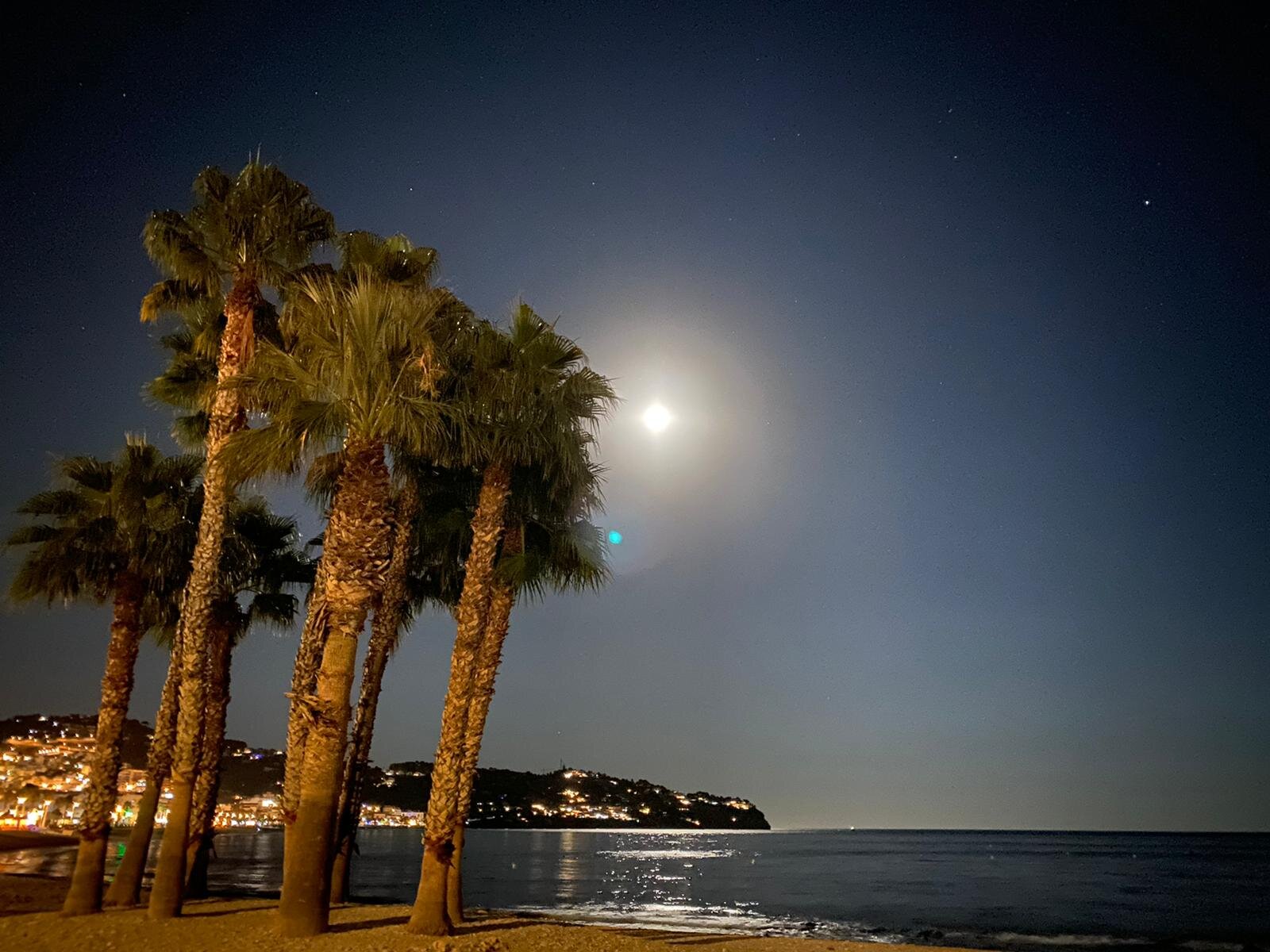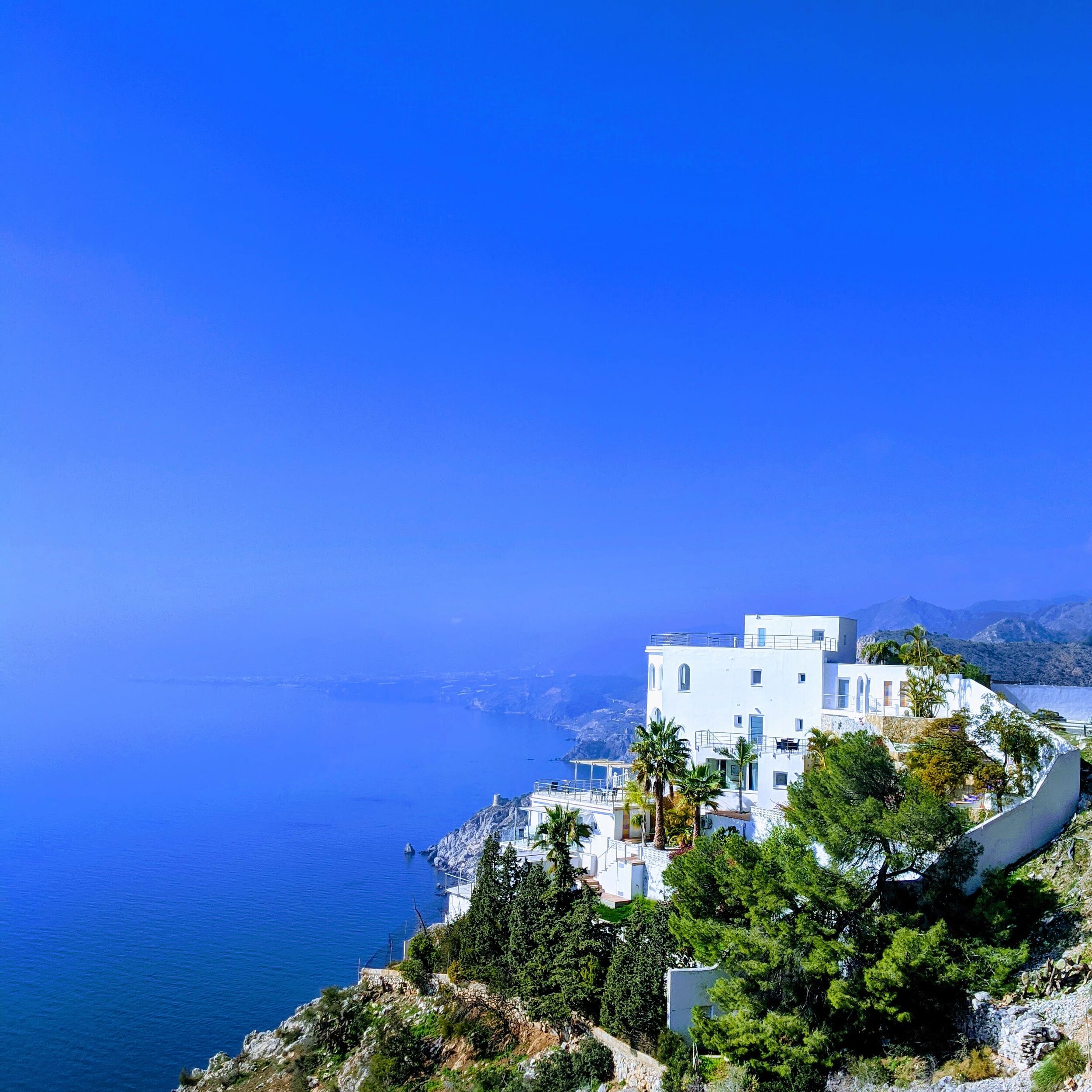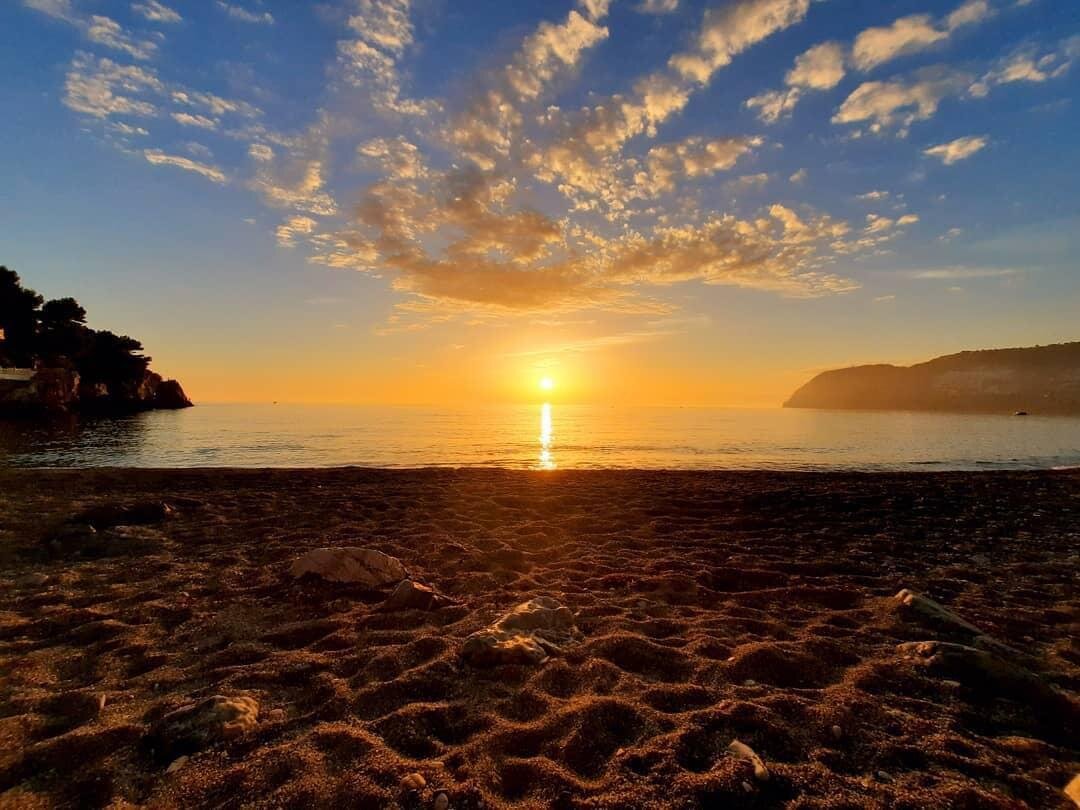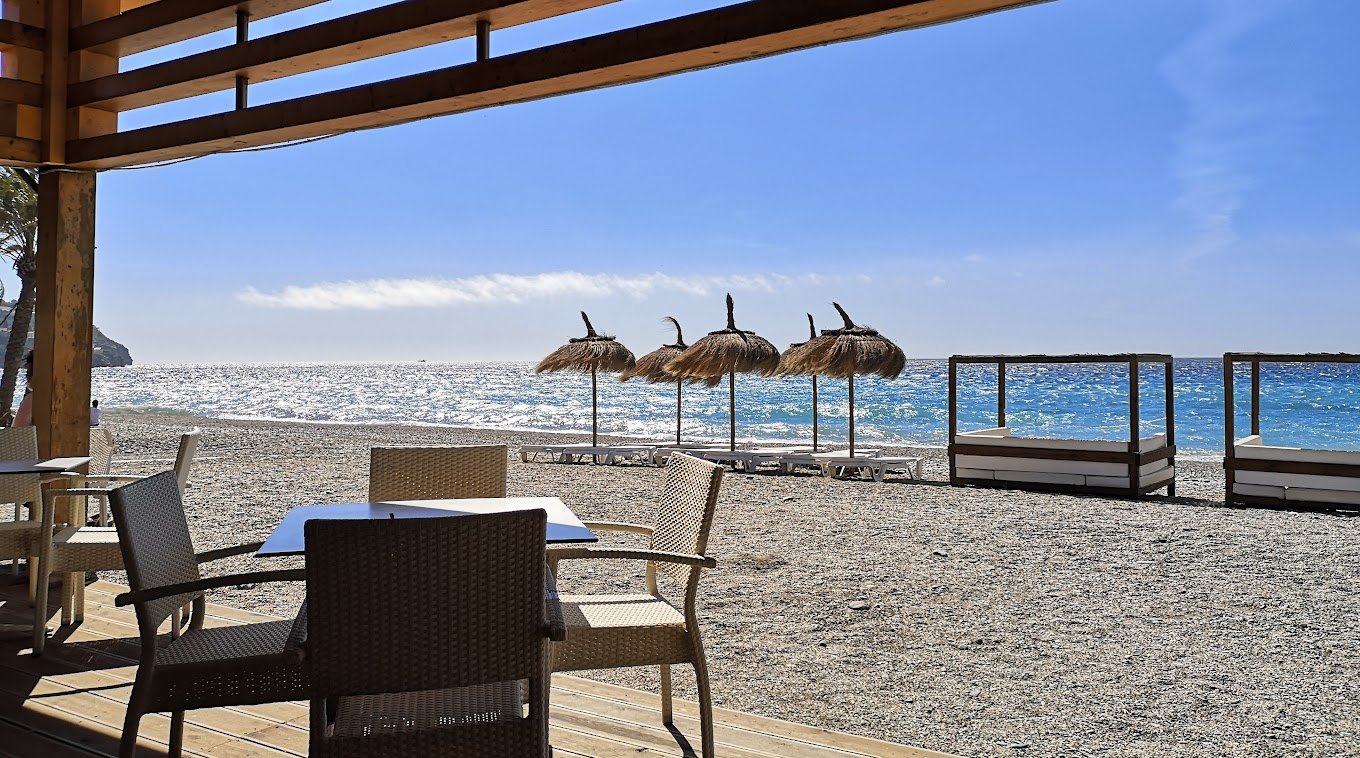Our Inspiration
Costero was born in beautiful La Herradura, Andalucia, Spain. With a shared love of all things Mediterranean, North African and Italian style, we founded Costero Home to bring our passion of real estate, design and outdoor living through affordable services and products to the Mediterranean region.
La Herradura is one of our favourite places, along with Cernobbio in Italy and Marrakesh in Morocco. Its where we work, play and spend our down time relaxing with friends.
Shaun & Nicole
La Herradura
La Herradura is a seaside resort on Spain's Costa Tropical, part of the borough of Almuñécar, in the province of Granada, Andalucía. It is on Granada's south-western coast, 70 kilometres east of Málaga. It is the jewel of the coast of the province of Granada.
Enjoying a beautiful setting, this pretty village overlooks a picturesque horseshoe-shaped bay which is famous for its crystal-clear waters, sheltered beach, and excellent water sports facilities, particularly scuba-diving. It is one of the main resorts on the Costa Tropical.
SEAFRONT
The wide beach of dark sand and pebbles is two km long and perfectly enclosed by two large headlands, Punta de la Mona to the east and Cerro Gordo to the west, both with a lighthouse high on top. Running behind the beach is a seafront promenade, Paseo Andrés Segovia, and close to this you will find numerous cafes, bars and seaside shops.
BEACH BAR RESTAURANTS AND CHIRINGUITOS
Naturally, this being Andalucia, the beach has several chiringuitos, and at each far end under the cliff, a chambao.
At the west (or Nerja) end is Chambao de Vincente, established in 1965, and at the east (or Almuñecar) end is restaurant Chambao de Joaquin. Both are immaculately kept and perfect places for a barbequed fish dinner on the beach. Other chiringuitos, from west to east are; Chiringuito Bueno together with Heladeria Bueno, Chiringuito La Sardina, Chiringuito El Bambu, and Rebalaje.
MARINA DE LA ESTE AND CERRO GORDO
Follow the promenade all the way to the eastern end, towards Almuñecar, and the road climbs the headland. This was once the tortuously windy main coast road, with distinctive concrete blocks as a safety barrier. The road descends to Marina de la Este, once the prettiest marina on the whole Andalusian coast.
Both headlands can be explored on foot, and have number of zigzag lanes to serve the houses now built there. If you are heading west to Nerja, and have time, take the old N340a road over the Cerro Gordo, rather than the 1km motorway tunnel, and at the top, stop by the cool-looking venta which lacks passing trade these days, and walk the trail to the lighthouse. Hidden away on the other side of Punta de la Mona is a naturist beach called Playa Cantarrijón.
Strolling through the streets of this beautiful town brings us closer to the Andalusian essence, allows us to enjoy all its places and its gastronomy where you can taste it in the Restaurants and Tapas Bars in the area.
FESTIVALS
On 19 March San Jose is celebrated, and on 16 July the sailors' fiesta, Virgin del Carmen.
Costa Tropical Region
Costa Tropical (Spanish pronunciation: [ˈkosta tɾopiˈkal], "Tropical Coast")
Costa Tropical is a comarca in southern Spain, corresponding to the Mediterranean coastline of the province of Granada, Andalusia. It is also but less frequently called the Costa de Granada or Costa Granadina. It is crossed by the N-340 coastal highway that runs southwest-northeast along Spain’s Mediterranean coast, to the border with France. Within the last 4 years the A7 motorway has been extended along the coast from Nerja in the Malaga province to Motril where it links the A7 motorway to the A44 motorway which heads north from Motril to the city of Granada.
GEOGRAPHY
The Costa Tropical is made up mostly of agricultural zones and small resort towns and villages. What makes the Costa Tropical unique in comparison to the rest of the Spanish coast is that the mountains of the Sierra Nevada range fall to the very edge of the Mediterranean Sea on the rugged coastline. Except for la vega de Motril, there are no flat areas for large urban sprawl.
CLIMATE
The area east of Málaga is less dry and more lush than the surrounding areas. This is because the Sierra Nevada mountain range that serves as a backdrop to the Costa Tropical catches more rain and thus supplies the area with abundant irrigation. This same mountain backdrop provides a shelter from northerlies and creates a pleasant microclimate of very mild winters and mild summers compared to the interior of Spain, with temperature differences of 10 °C (18 °F) relative to the area on the other side of the mountains – so it could be 38 °C (100 °F) on a summer day in the city of Granada and only 28 °C (82 °F) on the Costa Tropical. In the winter, it can be snowing in Granada and 10 °C (50 °F) on the Costa Tropical.
ACTIVITIES
There are an unlimited amount of sports activities that are popular here... parapente, hang gliding, kayaking, scuba, windsurfing, paddle boarding, tennis, padel, hiking, biking and skiing, which is only 1h15m away from the Sierra Nevada resort with more than 100 skiable km and excellent snow quality.
MUNICIPALITIES
The main towns of the Costa Tropical are Motril and Almuñécar. Motril is principally a manufacturing and agricultural center (horticulture, vegetables, tropical fruits and some sugar cane, although the last is declining). Motril also possesses the main seaport in the Costa Tropical. Almuñécar is primarily a resort town and agricultural center (tropical fruits), with the summer-time vacation population more than tripling the town’s population.
POINTS OF INTEREST
The Costa Tropical has many historical sights, including prehistoric cave paintings in nearby Nerja; many Roman ruins including roads, bridges, buildings, fish salting factories, and irrigation systems used to this day; and abundant remains of the many-centuries domination of the region by the Arab conquerors. In fact, Almuñécar served as the entry point to Iberia and establishment of a power base for Abd ar-Rahman I in 755, who came from Damascus and was the founder of an independent Muslim dynasty that ruled the greater part of the Iberian Peninsula for nearly three centuries thereafter.
